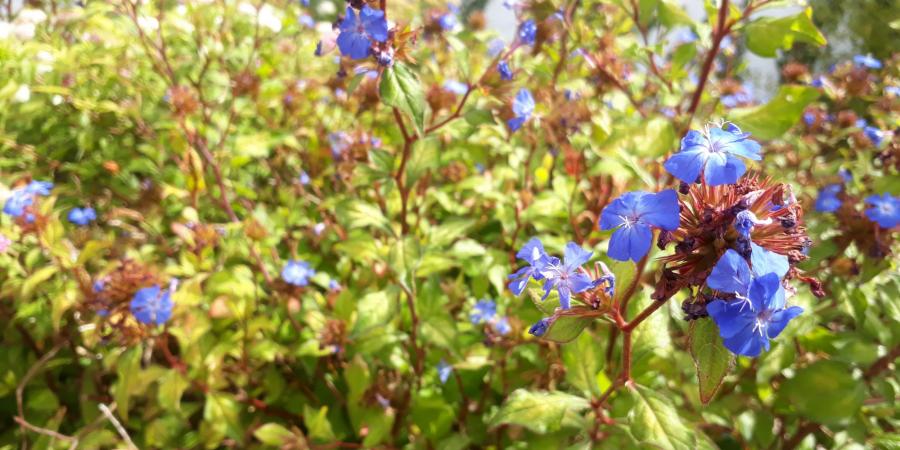Recently I had the opportunity to combine some interesting science with a nice walk in the sunshine, as we needed to collect some samples of modern plant species growing on different areas of geology just a few miles from our Salisbury office.
Dr Richard Madgwick is working on isotopic analysis of animal bone from our significant and long running site near Amesbury. When compared with the baseline information collected from modern vegetation, the ratios of certain isotopes of different chemical elements measured from prehistoric bone samples will help Rich analyse the palaeodiets and mobility patterns of the animals buried in the site, which should shed light on prehistoric farming practices and trade.
Rich provided a list of geologies to target in the vicinity of the site, which included three different chalk formations plus greensand, sandstone and clay formations in the wider area, which I targeted with the help of Ordnance Survey and British Geological Survey maps.
To take the samples I obtained small cuttings from a diversity of common shrubs in each location, avoiding waxy leaves, plants adhering to masonry or directly adjacent to a farm or a road; all factors which can affect the results.
For more on isotope analysis follow this link.

